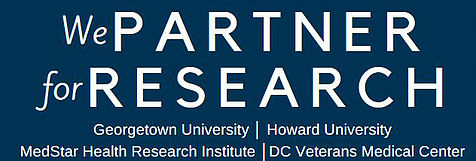Visual Plasticity Following Brain Lesions
Purpose
The VIBRANT (Vision Improvement through Behavioral Rehabilitation And Neuroplasticity Training) study is a prospective, double-blind, crossover design (within-subject) in participants with homonymous hemianopia-a type of visual field loss resulting from damage to the post-chiasmatic visual pathways. It aims to investigate whether transcranial random noise stimulation (tRNS) combined with perceptual learning-based training has potential for improving visual impairments.
Conditions
- Visual Field Defect
- Stroke
- Hemianopia
- Quadrantanopia
- Cortical Blindness
- Brain Tumor
- Traumatic Brain Injury
- Visual Field Defect, Peripheral
Eligibility
- Eligible Ages
- Over 18 Years
- Eligible Sex
- All
- Accepts Healthy Volunteers
- No
Inclusion Criteria
- At least 18 years of age. 2. Capable of providing informed consent and complying with study procedures. 3. Unilateral or bilateral focal brain damage causing loss of vision. 4. At least three months post-stroke or traumatic brain injury, or a stable brain tumor within the past year.
Exclusion Criteria
- Severe CNS diseases or disorders unrelated to the focal lesion, which could interfere with study results. 2. Severe mental health challenges that could interfere with study results, or current or recent (within the past 6 months) drug or alcohol abuse or addiction as defined by DSM-5. 3. Vision loss resulting from ocular disease or disorder. B. Healthy volunteers (age-matched controls): Inclusion Criteria: 1. At least 18 years of age. 2. Capable of providing informed consent and complying with study procedures. Exclusion Criteria: 1. Any CNS diseases or psychiatric disorders (e.g., epilepsy, schizophrenia) that would interfere with study results. 2. Previous head injury. 3. Present or past (within past 6 months) drug or alcohol abuse or addiction based on DSM-5.
Study Design
- Phase
- N/A
- Study Type
- Interventional
- Allocation
- Randomized
- Intervention Model
- Crossover Assignment
- Intervention Model Description
- 1. Initial 2-Day Sessions: Participants receive either real or sham transcranial random noise stimulation (tRNS) combined with perceptual learning-based training. 2. Washout Period: A minimum 1-week washout period (typically around 2 weeks) is included to minimize potential carry-over effects. 3. Final 2-Day Sessions: Participants complete the alternate stimulation condition (sham or real) paired with perceptual learning-based training.
- Primary Purpose
- Treatment
- Masking
- Double (Participant, Investigator)
- Masking Description
- This study is double-blind, meaning that both the participants and the researchers will be blinded to the treatment conditions.
Arm Groups
| Arm | Description | Assigned Intervention |
|---|---|---|
|
Experimental tRNS with perceptual learning-based training |
Each 2-day session consists of up to three 18-minute transcranial random noise stimulation (tRNS) paired with perceptual learning-based training. |
|
|
Sham Comparator Sham with perceptual learning-based training |
Each 2-day session consists of up to three 18-minute sham stimulation paired with perceptual learning-based training. |
|
Recruiting Locations
Georgetown University Medical Center
Washington D.C. 4140963, District of Columbia 4138106 20057
Washington D.C. 4140963, District of Columbia 4138106 20057
More Details
- Status
- Recruiting
- Sponsor
- Georgetown University
